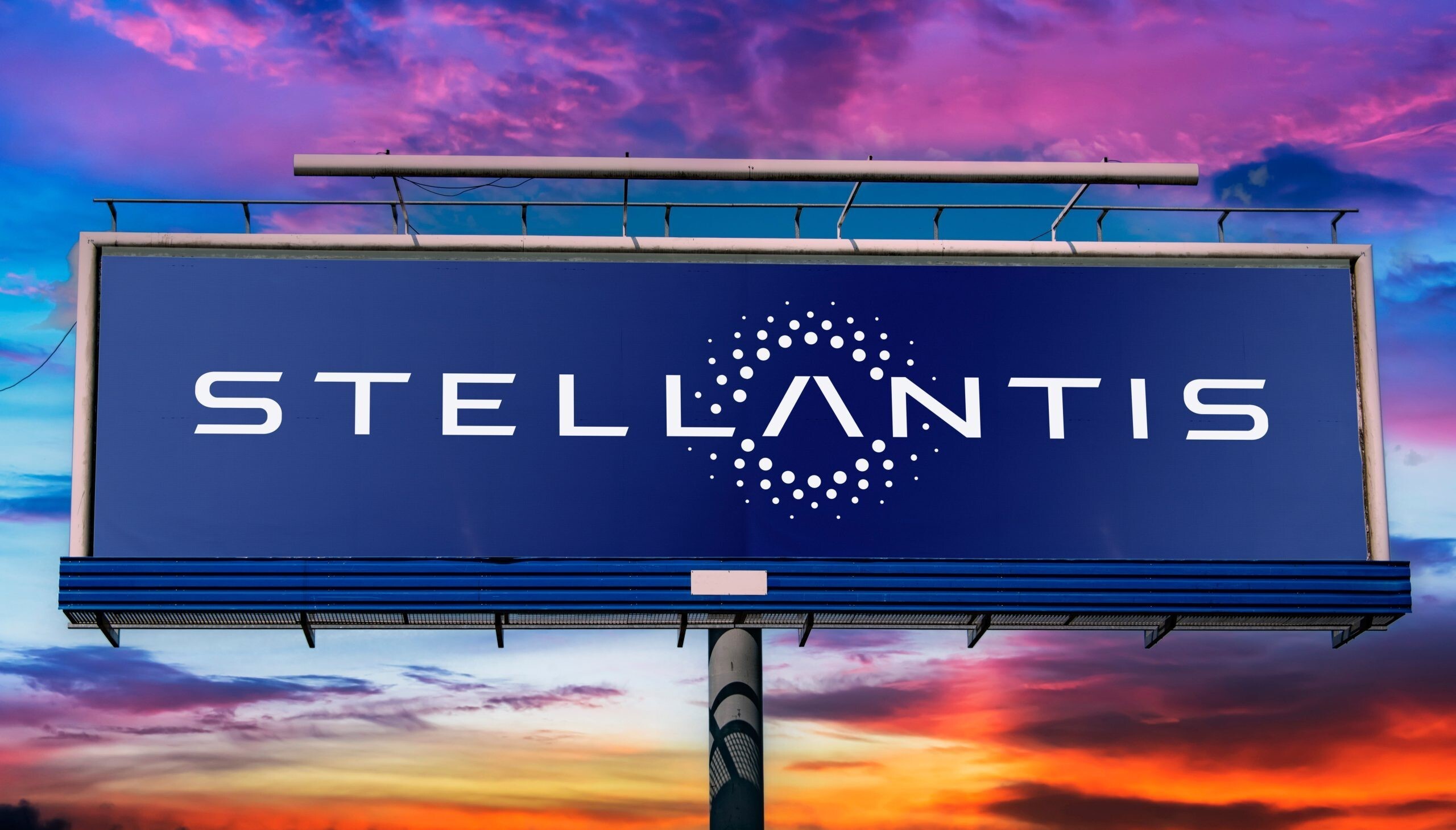

On December 17, Stellantis unveiled a comprehensive plan to rejuvenate its production operations in Italy, as reported by Reuters. The announcement was made during a meeting with Industry Minister Adolfo Urso, alongside representatives from suppliers and trade unions. This initiative marks a significant step toward mending ties with Italy's government, which had frequently clashed with former CEO Carlos Tavares.

Stellantis N.V. is a multinational automotive manufacturer formed in 2021 from the merger of the Italian–American conglomerate Fiat Chrysler Automobiles (FCA) and the French PSA Group. As of 2023, Stellantis was the world's fourth-largest automaker by sales, behind Toyota, Volkswagen Group, and Hyundai Motor Group. Stellantis designs, manufactures, and sells automobiles under its 14 brands: Abarth, Alfa Romeo, Chrysler, Citroën, Dodge, DS, Fiat, Jeep, Lancia, Maserati, Opel, Peugeot, Ram Trucks, and Vauxhall.
Stellantis' Europe chief, Jean-Philippe Imparato, presented the detailed strategy, signalling a renewed commitment to the automaker's Italian operations.
Stellantis has confirmed plans to keep all its Italian factories operational, with production set to increase starting in 2026, driven by introducing new models. The company has ensured production allocations for all its Italian plants through 2032, with no need for public funding to support its planned investments.
In 2025, Stellantis will invest €2 billion ($2.1 billion) in Italy alone, according to CEO Jean-Philippe Imparato. This adds to the €10 billion already invested in the country during the 2021-2025 period, underscoring the automaker's strong commitment to Italy's automotive industry.
Aluminium stands out as an ideal material for the automotive industry, offering numerous advantages over traditional counterparts like steel. Its low density plays a pivotal role in reducing vehicle weight, enhancing fuel efficiency, and promoting environmental sustainability. Aluminium also contributes to superior performance, greater design flexibility, and improved safety standards in modern vehicles. Additionally, its inherent durability and corrosion resistance minimise maintenance requirements and extend product lifespan. As a result, aluminium has become the material of choice for crafting today’s most innovative vehicles and shaping the designs of tomorrow.
Role of the Italian government
Italy's Industry Minister, Adolfo Urso, has announced a €1.6 billion government investment to bolster the country's automotive supply chain. Over €1 billion has been allocated for the upcoming year. Unlike this year, the 2025 funding will not include incentives for new car purchases.
Pomigliano d’Arco plant
Stellantis will produce at least two compact models on its new STLA Small platform starting in 2028. The production of the current Panda minicar will be extended until 2030, with the next-generation Panda also assigned to this facility.
Melfi plant
The southern Italian plant will start manufacturing Jeep Compass, Lancia Gamma, and DS 7 midsize models in 2025. These vehicles will be available in full-electric and hybrid versions, and the plant aims to triple production volumes.
Cassino plant
Three large models will roll out of the central Italian plant: the Alfa Romeo Stelvio SUV in 2025, the Alfa Romeo Giulia sport sedan in 2026, and another premium model. Although initially planned as EVs, the Stelvio and Giulia may also be offered as hybrid variants.
Mirafiori plant
Starting in late 2025, a hybrid version of the Fiat 500 minicar will be produced at Turin's Mirafiori plant, with production continuing until 2032-2033. Stellantis is evaluating a boost in dual-clutch transmission production from 600,000 to 900,000 units annually. Additionally, the plant will host Stellantis' European headquarters.
Atessa Van plant
In late 2024, the Abruzzo facility began producing large full-electric vans for the Fiat Professional, Peugeot, Citroën, and Opel/Vauxhall brands. A new version of the large van is scheduled for 2027.
Termoli plant
The future of the engine-making facility lies with ACC, Stellantis' battery joint venture. Depending on technological advancements, market demand, and Italy's production conditions, plans to transform it into a gigafactory are under review.
Modena plant
The Maserati home plant is set to become Stellantis' hub for high-end models, though specific details about the brand's revival remain undisclosed.
Image credit: Transportation and Logistics International
Information credit: Reuters



Responses






